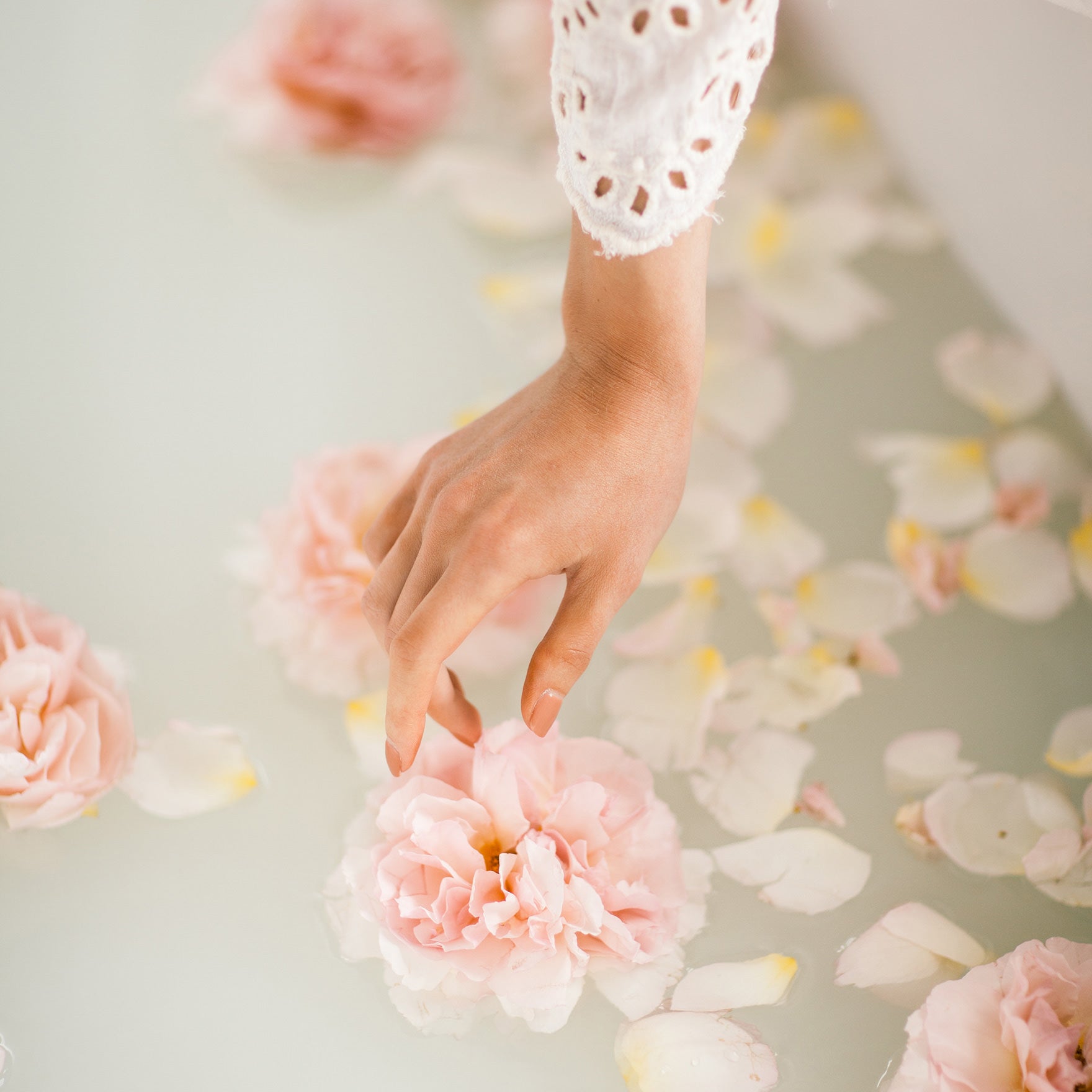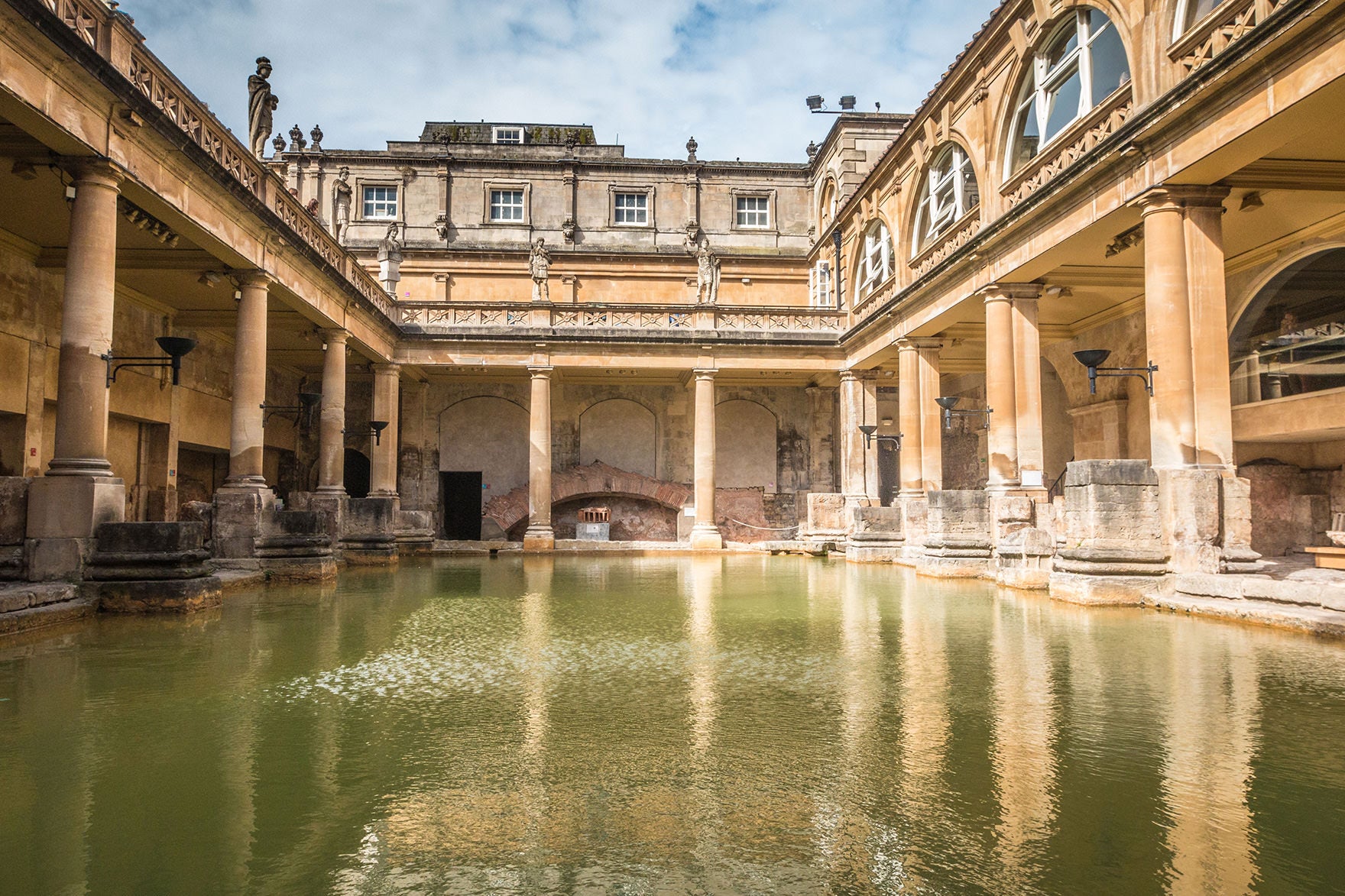
February 03, 2020 2 min read
If you have trouble getting the kids to take a bath, you can always ask if they’d rather bathe in crocodile dung than super-fun bubbles. Bathing has been around for a long time, but it didn’t always look the same as it does today. Here are just a few of the stranger bathing rituals from history.
Marie Antoinette was the queen of the bathing ritual, and is believed to have bathed regularly even though it was uncommon at the time. Some quirks of her baths: Antoinette would bathe in her dressing gown, buttoned up to her neck, to avoid prying eyes. The queen was also a fan of adding things to her baths, including a blend of thyme, marjoram and coarse salts. She also adored perfume (white florals, in particular) and had a special blend of sweet almond, pine nuts, marshmallow root and lily bulb that she added to bath time.

Today, there are tons of different animal products that find their way into skin care like soothing goat’s milk, healing beeswax, or antibacterial honey. But the ancient Greeks and Romans turned to a bit more unconventional animal by-product: crocodile dung (ew, right?). It was mixed with mud baths for anti-aging and toning purposes.
In 19th century Germany, horse broth was the bath of choice for pediatricians, things that the broth baths have specific health benefits for children. Horse had a reputation as a health food, according to Atlas Obscura, thanks to the high amount of muscle-building creatine. It turns out Germans were not the only Europeans who had historically bathed in broth. In 1782, a London doctor opened a bath house where you could bathe in bouillon. The practice even found its way to the United States in 1850, to fatten up babies.
Cleopatra was famed for her beauty, and that didn’t come without bathing. It’s believed that the queen of Egypt regularly took milk baths that contained rose and honey. Some say that the milk was actually sour donkey’s milk, whose lactic acid (which is an alpha hydroxy acid, and finds its way into many skin care products today) content would have had mild anti-aging properties. Psst...the lactic acid Rocky uses comes from molasses.

Forget shutting the door for me-time. Ancient Romans bathed communally, and it was a social, public activity. It was a common daily ritual, and business deals would even be conducted in the baths. Adjacent to the baths were reading rooms, libraries, space for exercise and even stages for theatre performances — the ancient version of watching Netflix in the tub! A lot of the Roman bathing ritual was inspired by the ancient Greeks, and these folks really knew how to take bathing to the next level.
Bathing sure has come a long way (and we couldn’t be happier) so why not celebrate with a little self-care in the tub. Have you heard of any weird bathing rituals? There are tons more out there! Let us know.
Comments will be approved before showing up.